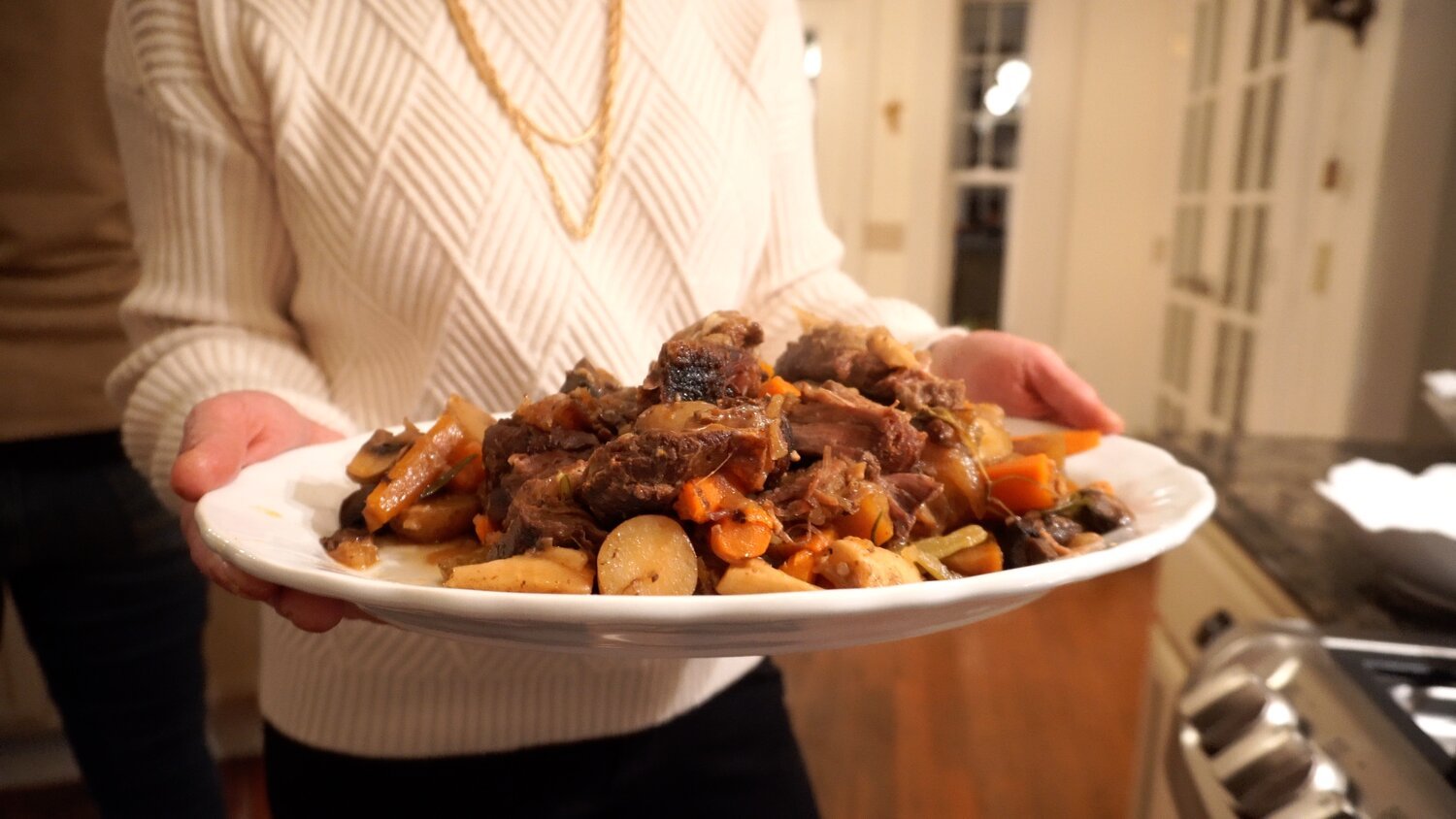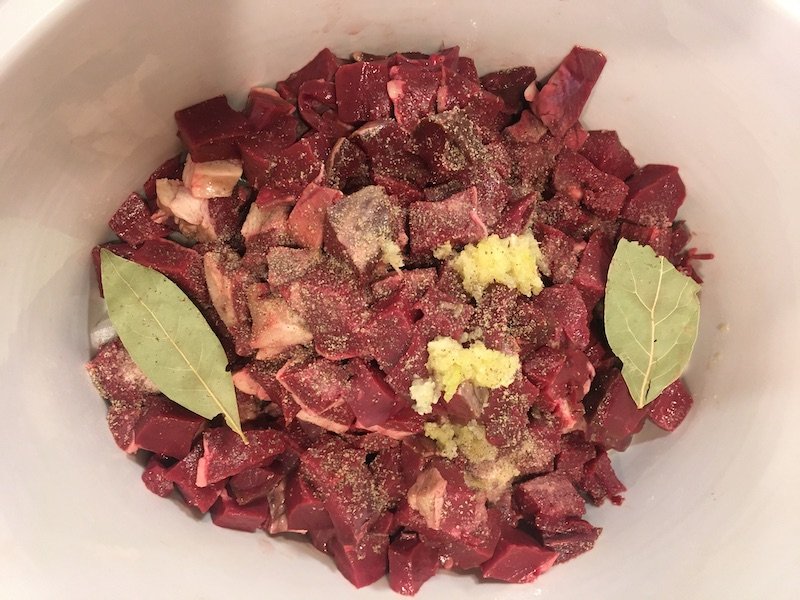Let’s start with an example.
There’s an association between carrots, sweet potatoes, and other orange and yellow vegetables and vitamin A, with their pigmentation as an indicator of beta-carotene. It’s a common misconception that beta-carotene is vitamin A. In truth, carotenes are a precursor to vitamin A, and most humans can convert beta-carotene to vitamin A. Our genetics and gut health determine if, and to what extent, we are able to convert beta-carotene into usable vitamin A.
Let’s compare carrots and beef liver. 100 grams of cooked carrot contains about 10,200 mcg of vitamin A in beta-carotene form, but only 852 mcg will be converted to active retinal form, given favorable genetics and good gut health.
Only 8% of the beta-carotene was converted to active vitamin A in this case. In stark contrast, 100 grams of cooked beef liver contains 7700 mcg of vitamin A, all of it preformed and ready to be absorbed.
If one wanted to get the same amount of vitamin A from carrots as are in 100 grams of cooked beef liver, one would have to eat about 20 carrots.
The danger is most vegans and vegetarians aren’t eating 20 carrots at a sitting.
This example underscores how nutrient dense animal foods are. Small amounts of animal foods pack more nutrition than buckets of vegetables.
Vitamin A in retinol form is not an optional nutrient for people who want to thrive. Vitamin A is essential for reproduction, vision, and immune system function, and deficits in vitamin A is a leading cause of common ailments like night blindness, frequent colds or other acute illnesses, and infertility.
Example: Omega-3s from Chia Seeds vs. Salmon
Chia seeds, another popular food “high in omega-3s” is bolstered as an alternative to eating animal-based foods high in omega-3 fatty acids, nutrition that is critical for brain and neurological function.
The story is complicated because chia seeds are a rich source of one kind of omega-3 fatty acid: alpha linoleic acid (ALA). Salmon is a rich source of three of the omega-3 fatty acids, EPA, DHA, and DPA. All of these are critical for brain, neurologic, and cardiovascular health.
A vegan or vegetarian may eat chia seeds diligently thinking they are getting all of their healthy omega-3s, and they are, but they aren’t getting all of them. Some people can convert ALA to the brain-boosting EPA and DHA, but not everyone can, and the degree to which one can convert these acids is genetic.
For people eating a diet high in saturated fat (not vegans and vegetarians), the average person can convert 6% of ALA to EPA and 3.8% of ALA to DHA. Those with diets low in saturated fat convert about 50% less.
Nutrients Only Found in Animal Foods
Many people feel better when initially following a plant-based diet because they cut out all the junk and give their bodies a chance to cleanse. However, what many don’t realize is it’s a matter of time before their health begins to deteriorate after their bodies deplete their nutritional reserves.
In a survey of about 11,000 Americans, the results showed that 84 percent of vegetarians and vegans return to eating meat. Most lapse within a year, while nearly a third don’t last more than three months. The study falls in line with previous research.
The 84 percent are listening to their bodies because their bodies need animal products to thrive.
The good news is most vegans and vegetarians that grew up in America grew up eating meat and probably have excellent nutritional reserves from which their body can pull nutrition during times of stress or famine, like while eating a deficient diet. Even more good news is that our bodies can heal!
Eating high quality animal products like organic, grass fed and finished beef can go a long way to restoring depleted nutrient stores.
Compared to conventionally raised beef, organic grass fed and finished beef is:
10X higher in vitamin A
3X higher in vitamin E
Substantially higher in calcium, magnesium, potassium, and B vitamins
Lower in cholesterol
Rich in stearic acid, which lowers cholesterol
Abundant source of anti-cancer conjugated linoleic acid (an omega-3 fatty acid)
Vegans and vegetarians have excellent intentions, and the facts surrounding nutrient bioavailability simply can’t be ignored. Animal products are not optional for those who want to live with energy and vitality.














































